LED Lighting
An LED lamp (or LED light bulb) is a solid-state lamp that uses light-emitting diodes (LEDs) as the source of light. LED lamps offer long service life and high energy efficiency, but initial costs are higher than those of fluorescent and incandescent lamps. Chemical decomposition of LED chips reduces luminous flux over life cycle as with conventional lamps.
The LEDs involved may be conventional semiconductor light-emitting diodes, organic LEDs (OLED), or polymer light-emitting diodes (PLED) devices. However, PLED technologies are not commercially available. Diode technology improves steadily.
Efficiency of LED devices continues to improve, with some chips able to emit more than 100 lumens per watt. LEDs do not emit light in all directions, and their directional characteristics affect the design of lamps. The efficiency of conversion from electric power to light is generally higher than with incandescent lamps. Since the light output of many types of light-emitting diodes is small compared to incandescent and compact fluorescent lamps, in most applications multiple diodes are assembled.
Light-emitting diodes use direct current (DC) electrical power. To use them on AC power they are operated with internal or external rectifier circuits that provide a regulated current output at low voltage. LEDs are degraded or damaged by operating at high temperatures, so LED lamps typically include heat dissipation elements such as heat sinks and cooling fins.
-
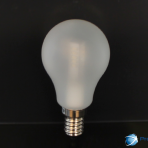 2W LED Bulb Light
2W LED Bulb Light -
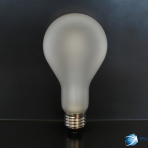 7W LED Bulb Light
7W LED Bulb Light -
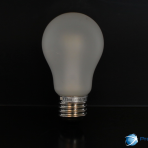 3W LED Bulb Light
3W LED Bulb Light -
 4W LED Bulb Light
4W LED Bulb Light -
 2W LED Bulb Light
2W LED Bulb Light -
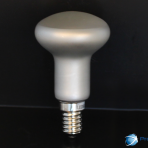 2W LED Bulb Light
2W LED Bulb Light -
 2W LED Candle Light
2W LED Candle Light -
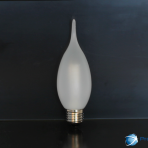 4W LED Candle Light
4W LED Candle Light -
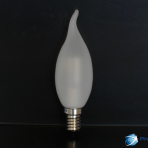 2W LED Candle Light
2W LED Candle Light -
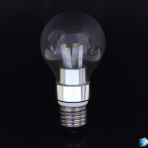 5W LED Bulb Light
5W LED Bulb Light -
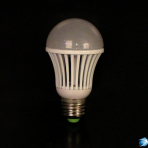 4-7-9W LED Bulb Light
4-7-9W LED Bulb Light -
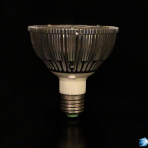 5-7-9W LED Bulb Light
5-7-9W LED Bulb Light -
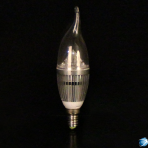 4W Transparent LED Candle Light
4W Transparent LED Candle Light -
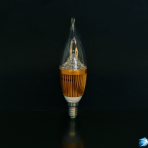 4W Bronze LED Candle Light
4W Bronze LED Candle Light -
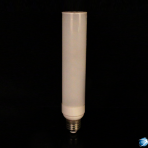 9W LED Bulb Light / PL2
9W LED Bulb Light / PL2 -
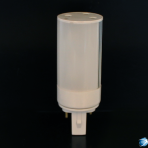 3W LED Bulb Light / PL2
3W LED Bulb Light / PL2 -
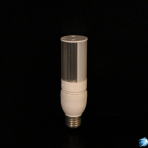 5W LED Bulb Light / PL2
5W LED Bulb Light / PL2 -
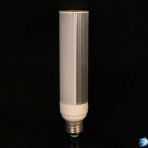 7W LED Bulb Light / Pl2
7W LED Bulb Light / Pl2 -
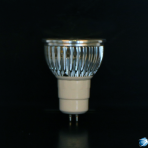 3-4W LED Spot Light
3-4W LED Spot Light -
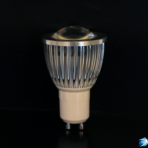 5W COB LED Spot Light
5W COB LED Spot Light -
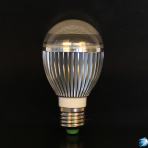 5W LED Bulb Light
5W LED Bulb Light -
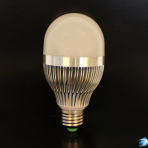 7W LED Bulb Light
7W LED Bulb Light -
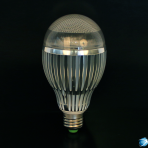 9W LED Bulb Light
9W LED Bulb Light -
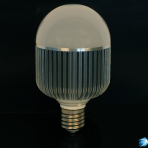 36W LED Bulb Light
36W LED Bulb Light -
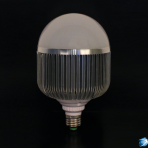 27W LED Bulb Light
27W LED Bulb Light -
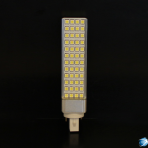 10W LED Bulb Light
10W LED Bulb Light -
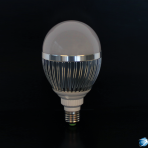 14W LED Bulb Light
14W LED Bulb Light -
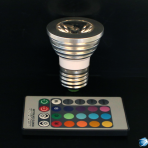 1W RGB Spot Light
1W RGB Spot Light -
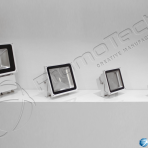 LED RGB Projectors
LED RGB Projectors -
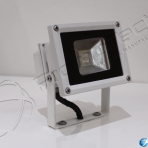 LED Projectors
LED Projectors -
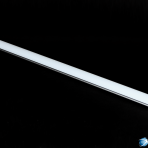 LED Tube / T8
LED Tube / T8







